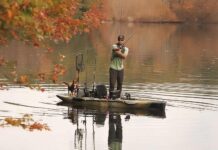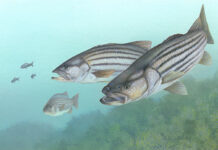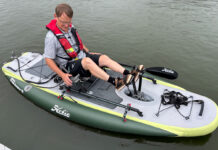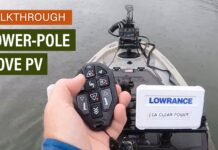In 2019, the New York City Department of Environmental Protection (DEP) banned kayaks with pedal drives on upstate reservoirs that provide drinking water for New York City due to fears that invasive species may be harbored in gearboxes of the kayaks.
The DEP’s concerns include that the gearboxes of these kayaks are difficult to clean adequately using the pressure steam cleaning system required by the state in order to paddle these reservoirs. The cleaning system is in place to prevent the spread of invasive species including Zebra mussels and Hydrilla.
Do pedal kayaks transport more invasive species?
According to Rules for the Recreational Use of New York City Water Supply Lands and Waters, inflatable boats, collapsible boats, swim and paddleboards, stand up kayaks, kayaks with pedal drive systems and/or sails, sailboats and motorized boats are prohibited on reservoirs including Cannonsville, Neversink, Pepacton, and Schoharie, however with valid access permits and recreational boating tags other types of vessels including canoes, sculls, metal jonboats, rowboats and kayaks longer than nine feet are permitted on these reservoirs.
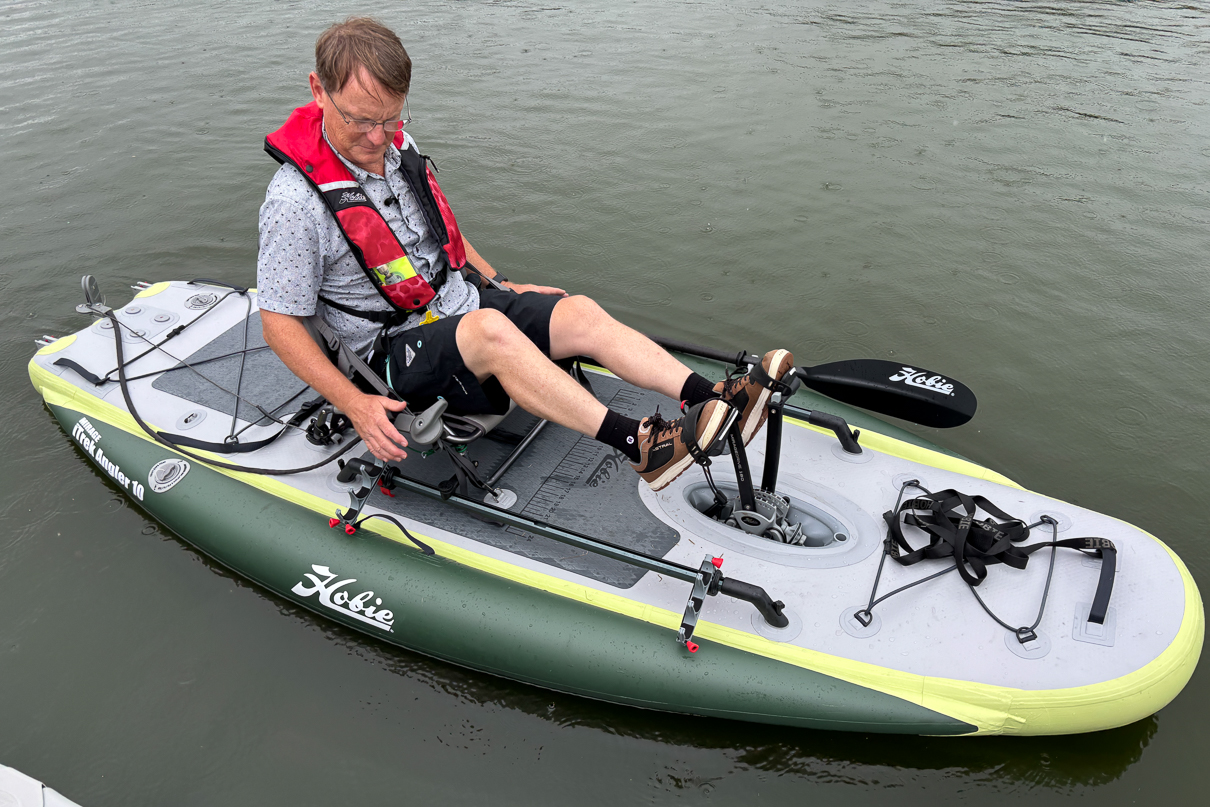
More than 1.1 billion gallons of clean freshwater are delivered from these reservoirs to over nine million people throughout New York State according to DEP statistics. Water from the reservoirs in the Catskill/Delaware Watersheds and the Croton Watershed is pumped via a series of aqueducts and flows through the pipes of New York City residents. Invasive Hydrilla, which could potentially be transported into reservoirs by vessel, can pose a threat to water quality by reducing oxygen in the water and blocking sunlight, leading to growth of harmful algae and production of harmful toxins according to the North American Invasive Species Management Association (NAISMA).
A diverse group of fisheries can be found in these reservoirs, including smallmouth and largemouth bass, pickerel, tiger muskellunge, walleye, perch, crappie, common carp, brown trout, rainbow trout, lake trout and landlocked Atlantic salmon. These fisheries were accessible to kayak anglers including those on pedal kayaks from when the reservoirs opened up to kayaks in 2012 to when the pedal kayak ban began in 2019.
Kayak anglers hope to see pedal kayaks on New York reservoirs again
One kayak angler hopes to see the ban on pedal kayaks reversed.
Longtime licensed guide and avid kayak angler Frank Healy told Outdoor News that while he absolutely does not want to bring in invasive species, he’s now in his seventies and a pedal kayak is the reason he is able to stay out on the water. Healy would like the New York City DEP to reverse the 2019 ruling, telling Outdoor News that the drives component of the kayaks are pressure washed as well as the kayak in its entirety. Healy speculated that the ban on pedal kayaks had more to do with irritation with the speed at which the vessel could maneuver around the lake than invasive species concerns – a speed nearly double that of a rowboat.
“I just think a lot of the people up there were ticked off, complaining that we could get around that reservoir faster,” Healy told Outdoor News.

